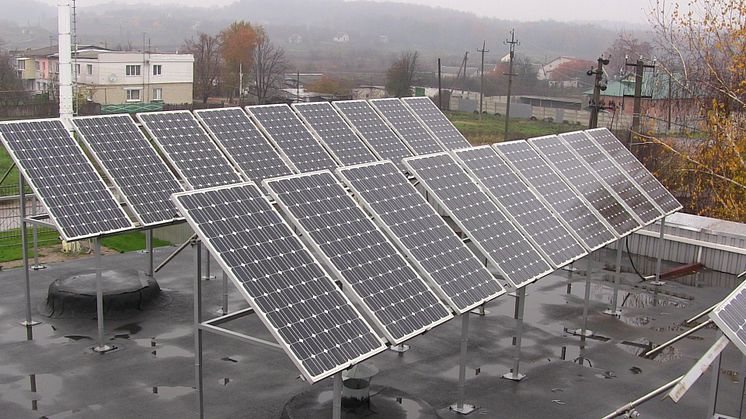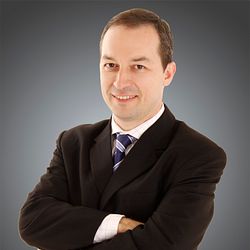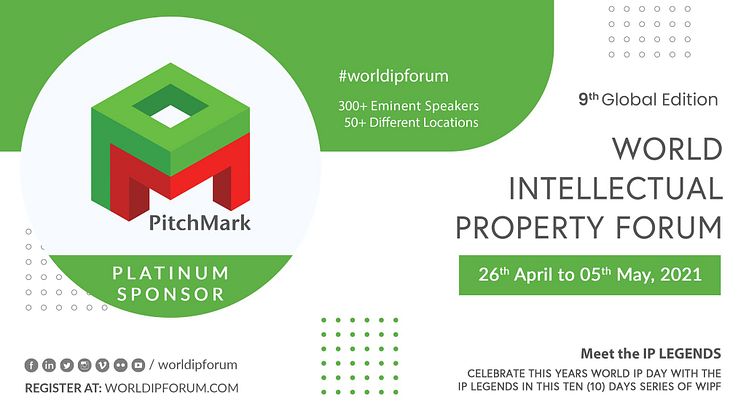
News -
Protection against IP theft needs “big enough teeth” in more markets: solar energy entrepreneur
For Singapore-based American solar technology entrepreneur Chance Wanlass, idea theft is a story that dates all the way back to his childhood.
In the 1970s, his family started a tech company focused on making holograms, then a novel technology. Eventually, they figured out how to mass produce thin film holograms, also known as performance nano-structure films.
Wanlass told PitchMark: “Not only did this particular innovation launch a new industry — valued today at around US$17 billion annually — it had a substantial impact on numerous other technology and manufacturing sectors as well.”
Unfortunately, this later led to his “worst experience of IP theft to date”.
Underhanded undercutting
Wanlass said, “In the ‘90s, our proprietary trade secrets were sold via an ex-employee and found their way to an Asian company. At first, the quality of their product was so low, no one would buy it at any price.
“But over the years, they got better at it — or maybe stole from others — to the point that their product became a reasonably good copy available for less than half the price. Even worse, we had no legal recourse in the country where the company was based.
“The thief’s company today is valued in the billions, while my family’s business was crushed by the quality of their own invention.”
The bigger the heart, the greater the heartbreak
This adversity resulted in Wanlass choosing to take the highest precaution when he started his own business — instead of having his ideas trademarked or patented, he opted instead to keep them completely confidential so no one would have the opportunity to copy any aspect of his IP.
His solar technology company, which is currently being restructured for investment, has been renamed Freer NRG.
His lifelong love for innovation easily explains why he plays his cards close to his chest: “I was lucky to grow up in California’s culture of innovation. Growing up a part of something like that, you get to see and experience the totality of what it takes to bring something new into the world — the sacrifice, the perseverance, the pain, the commitment to a vision no one sees but you.
“Being an innovator is not something a person chooses, it’s something that chooses them. Ideas on how to change the world occur to people all the time, but when that ‘ah-ha’ moment happens to an innovator, they will not rest until that idea is made real in the world.”
But taking on that responsibility, he acknowledged, often leads to a lonely road that comes at a high price — not just financially but socially, mentally and emotionally.
Wanlass’ passion for his craft becomes even more apparent in his emphasis on the importance of distinguishing invention from innovation, with the latter being the “beating heart” of both.
“Too often, we settle for innovation because the feasibility study said there currently exists a place in the world for our idea, which makes us fundable,” he said. “But how does one do a feasibility study of an idea that will permanently alter the world and therefore, the fundamental presumptions of the study itself?
“The big leaps forward come from changes in form, i.e., invention, not function, i.e., innovation. We need not settle for what’s functional just because it’s easier to fund — capital shouldn’t drive progress; progress should drive capital.”
Perseverance despite adversity
While his experience with IP theft has informed the caution and secrecy he practises, Wanlass has continued with his passion. He counts among his top business highlights an original IP he created in the realm of nanotechnology, which was sold and implemented in manufacturing facilities internationally.
Currently, he is working on a new form of solar energy, involving the capture of solar radiation via transparent thin film membranes that emit Raw Solar (solar energy not converted to electricity — i.e., light). This energy is to be distributed via fibre around the globe for on-premise conversion to electrical energy, or to provide regulated sunlight to large indoor farms during winter months.
Wanlass said, “An iteration of this technology can also facilitate the generation and storage of power on Mars prior to and in preparation for human arrival.”
He is keen on working with governments, institutions and businesses that want to develop a technology cluster focused on light-based energy systems to replace the unsustainable electricity-based infrastructure currently in use.
Considering the ever-present treachery from competitors in the face of the ever-changing nature of technology, Wanlass intends to continue keeping his IP completely secret. Still, he concedes that a service like PitchMark would be useful to innovators if it were to have “big enough teeth” in the markets where such technology was highly sought-after, such as China.





